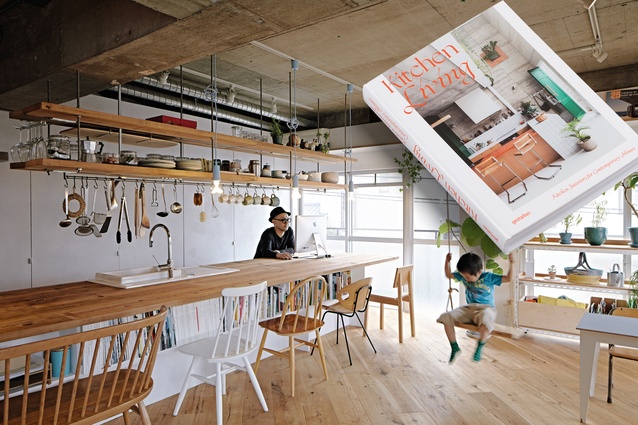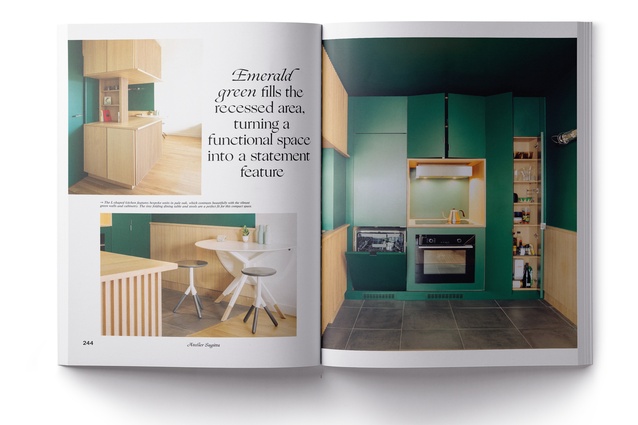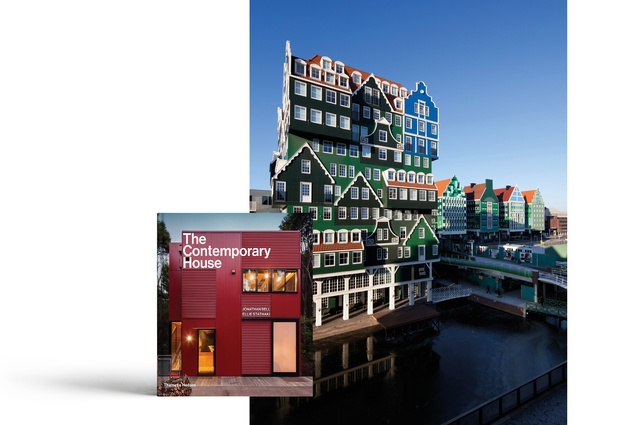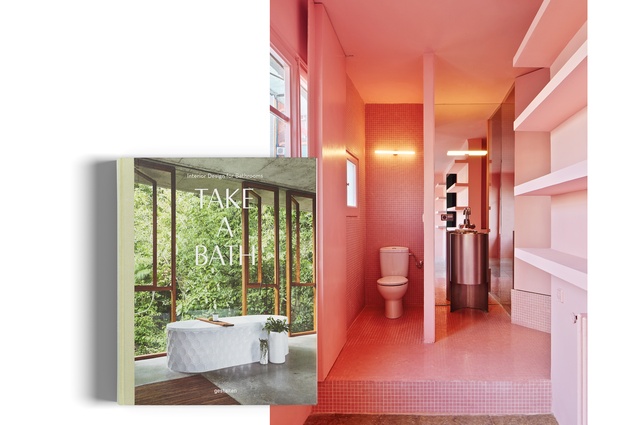Bookshelf: June edition
We review three books the celebrate residential design, contemporary kitchens and luxurious bathrooms.
Kitchen Living
Edited by Robert Klanten, Andrea Servert and Tessa Pearson, Gestalten
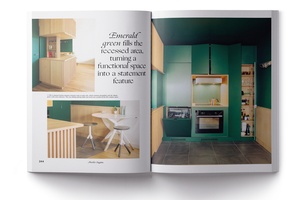
As British food writer Mina Holland points out in the opening pages of this beautiful book, the kitchen is where most of waking life happens in the home. “Though we might wander to another room to wash or sleep, the kitchen always draws us back with its smells, its tastes and its noises, and by the promise of action.”
Kitchen Living is a tribute to kitchens of all shapes and sizes, from all corners of the world, belonging to creative and colourful people, from kitchen designers to food writers and photographers, each of whom have made food their life.
While it provides a fascinating insight into the lives of so many fabulous foodies, it also offers great inspiration to those looking to redesign their kitchens completely as well as some clever tips for those considering more subtle changes. Things like customising your countertop size when installing an off-the-shelf kitchen, adding a couple of comfy chairs to welcome company while you cook and using different materials or schemes to delineate spaces and functions.
Kitchen Living also considers the ways in which today’s technology and trends have enabled the kitchen to become a much more experimental space. This is illustrated superbly by a Japanese architectural couple whose ‘fluid’ kitchen area in Tokyo is used for cooking, entertaining, working and relaxing together as a family… perhaps just a little more action than Mina Holland had envisaged.
The Contemporary House
By Jonathan Bell and Ellie Stathaki, Thames & Hudson
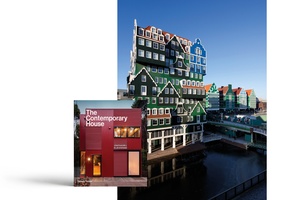
With demand for living space in cities at an all-time high, and the repercussions of suburban sprawl affecting everyone (poor land use and an increased reliance on the car), architects in the 21st century are creating inventive, context-conscious and sustainable dwellings, which are no longer representative of the long-standing, traditional vernacular forms.
In The Contemporary House, architectural critics Jonathan Bell and Ellie Stathaki visit 70 of what they consider to be the world’s most innovative and ingenious new houses – houses which illustrate how modern residential design can be successfully integrated into the existing urban fabric.
Philosophies of minimalism and living within our means are explored, with some inspiring examples of low-budget housing models, infill housing and a new shape – the ‘stack’ – a space-conscious, insulated and compact house.
Organised geographically, The Contemporary House also provides valuable insight into how climate, resources and politics combine to present the contextual parameters within which modern architecture has evolved.
The last word in the book (and the prime cover position) goes to our very own Red House in Titirangi by Crosson Architects, described as a “liveable treehouse [whose various linear openings] open up the space to the outdoors, bringing nature effortlessly inside”.
The compact footprint of this cost-efficient dwelling was designed to minimise the impact of construction on the existing trees on site, while the simple interior plywood lining and recycled rimu timber helped to keep costs down and provide a visual connection to the outside bush.
The Contemporary House celebrates architecture that enhances the experience of city living, regardless of its scale or budget, and “raises a toast to the endearing value of urban living and our engagement with the city itself”.
Take a Bath
Edited by Robert Klanten and Sally Fuls, Gestalten
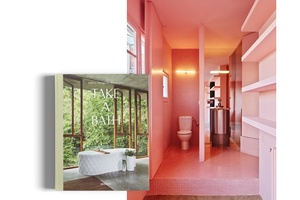
From utilitarian to luxurious and from heritage to modern, Take a Bath leads us on a visual journey of incredible bathrooms the world over, demonstrating how creativity and innovation can transform a bathroom “from a functional box into an experiential realm where all the senses are called into play”. The book’s foreword by acclaimed Italian architect and Boffi bathroom designer Piero Lissoni is followed by four distinct sections of bathrooms, inspired by tile, stone, wood and metal, respectively.
Peppered throughout the pages are insights into how both designers and home-owners created their individual spaces, combining materials and textures to eye-catching effect. Amongst those featured are: London design studio Edward Barber & Jay Osgerby, whose unique Puzzle tiles for Mutina allow for infinite outcomes; Barcelona-based studio Arquitectura-G and its timeless Aro washbasin; and Spanish-born designer Patricia Urquiola, whose playful bathroom products are both aesthetic and functional.
With its 250 pages of fabulous bathrooms, Take a Bath offers great inspiration to those looking for resourceful solutions through to rich detailing options for family, guest or en-suite bathrooms.
This article first appeared in Houses magazine.


